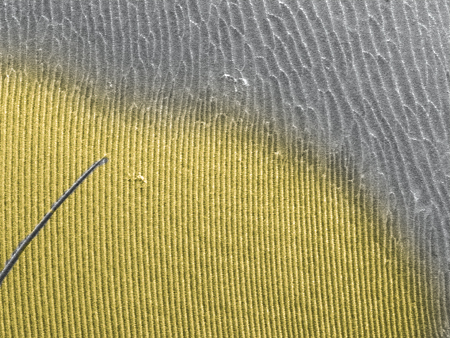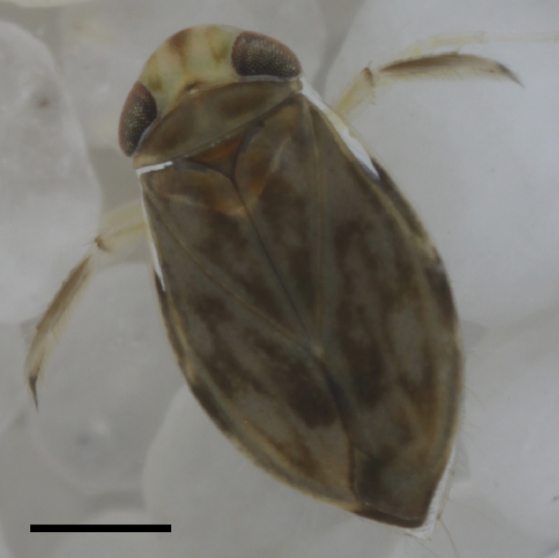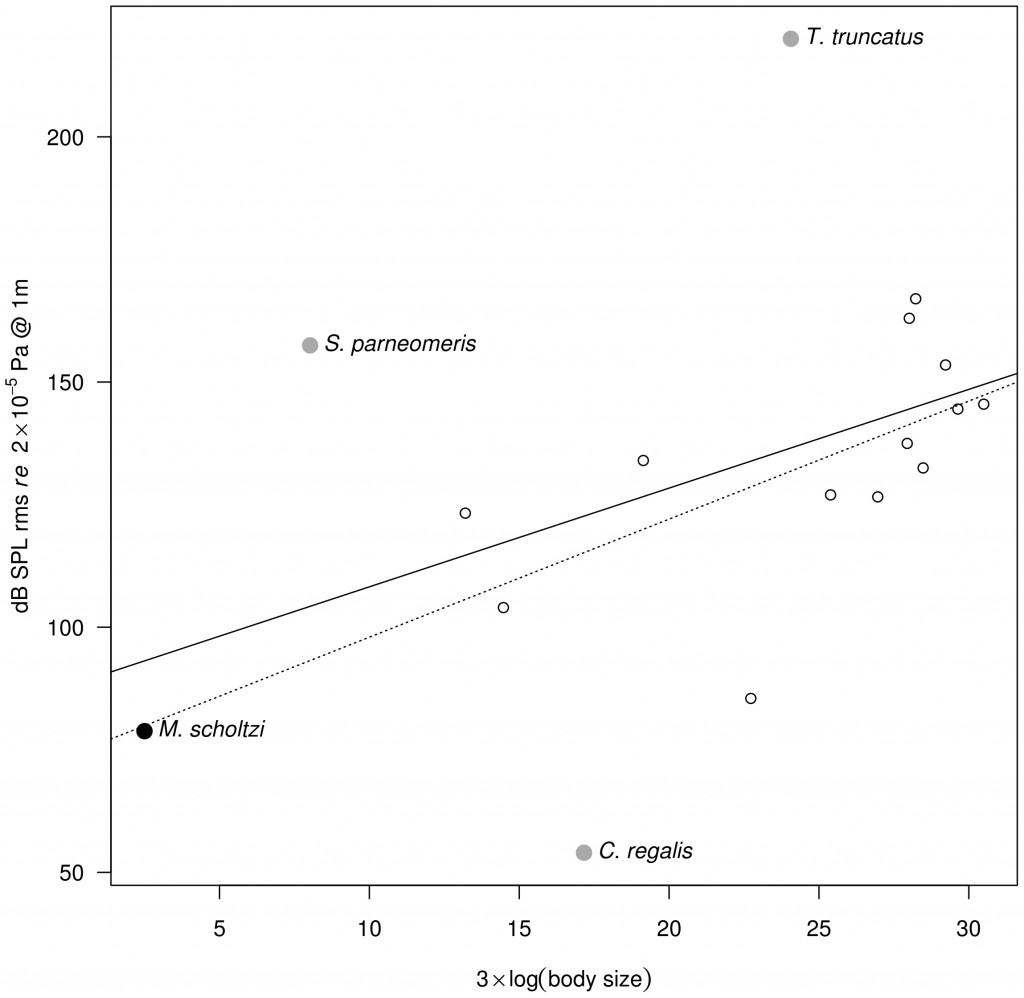Hæðir evrópskrar sveita eru lifandi í kór ástvina, öskrandi, karlkyns vatnspöddur. Litla skordýrið fyrir ofan, Micronecta scholtzi (Corixidae), measures in at a whopping 2.3mm and yet produces a clicking/buzzing sound easily audible to the human ear above the water surface. To put that in perspective: trying to hear someone talk underwater while standing poolside is nearly impossible, yet this minute insect generates a click loud enough to be mistaken for a terrestrial arthropod. While that doesn’t sound too impressive when we are surrounded by other loud insects like the cicada, M. scholtzi reynist vera ótrúlega hávær dýr þegar tekið er tillit til líkamsstærðar og miðlungs sem hljóðið berst í gegnum til að ná til eyra okkar. Settu í tölur styrkleiki smellanna neðansjávar getur náð allt að 100 dB (Hljóðþrýstingsstig, SPL). Skreppa okkur inn í skordýraheiminn og þessi hljóðframleiðsla er jöfn a jackhammer í sömu fjarlægð! Svo hvað í ósköpunum hefur leyft þessari litlu pöddu að gera þennan hávaða og komast upp með það í heimi fullum af rándýrum?
Höfundar benda eðlilega á hversu óvænt þessar niðurstöður koma. Það fyrsta sem kemur í ljós er að sjómenn mega ekki hafa nein heyrnarrándýr þar sem þeir eru í rauninni að synda um og gera sem mestan hávaða líkamlega fyrir hvaða smádýr sem er.. Really this isn’t too surprising since most underwater predators are strictly visual hunters (dragonfly larvae, water bugs and beetles etc…). It is very likely that sexual selection has guided the development of these stridulatory calls into such astounding levels. The second most surprising thing is clear once you graph just how loud these insects are relative to their body size. At the top of the graph is the bottlenose dolphin (T. truncatus) with its famous sonar. But the greatest outlier is actually our little insect in the bottom left with the very highest ratio between sound and body size (31.5 with a mean of 6.9). No other known animal comes close. It is likely though that further examination of other aquatic insects may yield similar if not more surprising results!
To be more accurate about the “öskrandi”, the bugs (bugs in this instance is correct; the Corixidae belong to the order Hemiptera – the true bugs) are likely to be stridulating – rubbing together two parts to generate sound instead of exhaling air, drumming, etc… In the article the authors speculate that the “sound is produced by rubbing a pars stridens on the right paramere (genitalia appendage) against a ridge on the left lobe of the eighth abdominal segment [15]”. Without pulling up their citation, it appears that stridulation by males in the genus is well documented for mate attraction. And as you would expect, news outlets and science journalists read “genitalia appendage” and translate that to penis: and you end up with stories like this. The function of the parameres can be loosely translated to similar to mandibles in that they are opposing structures (usually armed with hairs) for grasping. The exact use of them may differ by species or even orders, but they are very distinct form the penis (=aedeagus) since they simply help facilitate mating and don’t deliver any sperm. So in reality you have genital “claspers” með “pars stridens”. And the best illustration of a pars stridens is over on the old blog Archetype. This structure is highlighted below in yellow (and happens to exist on the abdomen of the ant). En í stuttu máli – it’s a regular grooved surface akin to a washboard. In the end the sentence quoted above should be translated to “two structures at the tip of the abdomen that rub together like two fingers snapping”.

Detail of the pars stridens (in yellow) on the forth abdominal tergite in a Pachycondyla villosa worker (Scanning Electron Micrograph, Roberto Keller/AMNH)
Sueur J, Mackie D, & Windmill JF (2011). So small, so loud: extremely high sound pressure level from a pygmy aquatic insect (corixidae, micronectinae). PloS one, 6 (6) PMID: 21698252



[…] Gam?Southern Fried Summer Reading List June 30, 2011Locusts, the Bible and Dictators June 30, 2011The incredibly loud world of bug sex June 30, 2011Silly spider crabs… June 30, 2011Cape Cod Dogfish Tagging Round 2 Júní 30, 2011Sea […]
[…] Ótrúlega hávær heimur gallakynlífs – in which tiny little bugs make incredibly loud noises as part of their sex lives 🙂 […]